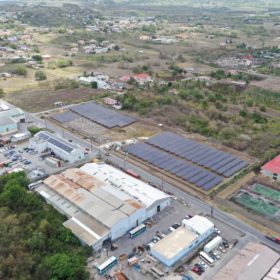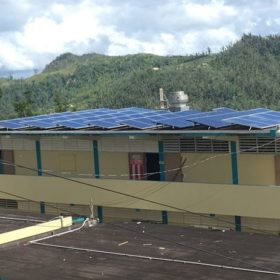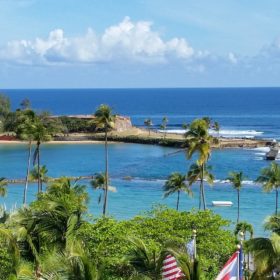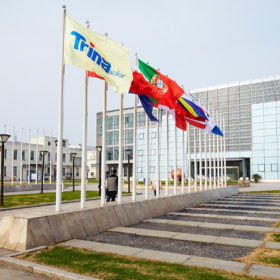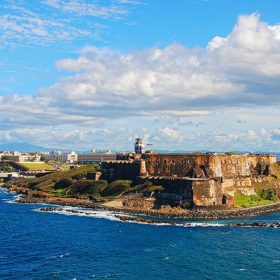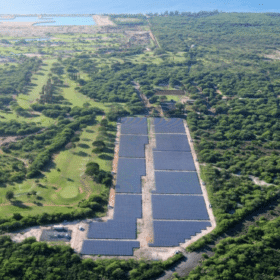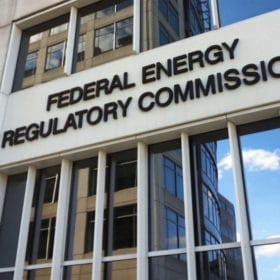Brighten Haiti aims to install solar PV on 109 schools in 2022
The group takes donations of discarded but still useful solar modules and offers solar apprenticeships to provide both training and reduced-cost PV systems to schools.
Mexico plans one of Latin America’s largest PV projects
The Mexican authorities are overseeing the development of a $2 billion PV project as part of a modernization plan involving the country’s state-owned utility, CFE.
Polar Racking chosen by Branson group for St. Thomas solar rebuild
The 6.4 MW Donoe Solar Farm in St. Thomas, damaged in 2017, will use Polar’s PRU fixed-tilt racking system.
A remote village on Puerto Rico gains a solar-based microgrid
After Hurricane Maria struck, the village of Castañer was without electricity for six months. Now, a solar and battery storage microgrid will support businesses that offer essential goods and services.
Report outlines rooftop solar and storage for 75% of Puerto Rico’s power, and at a lower cost
Distributed solar and storage should be the focus for $9.6 billion in FEMA funds allocated for Puerto Rico’s grid reconstruction, says a new report based on independent analysis.
RFP alert: Puerto Rico launches first of six calls for renewables and storage
The Puerto Rico Electric Power Authority has been ordered to procure a total of 3.75 GW or renewables and 1.5 GW of energy storage.
The Dominican Republic’s largest solar installation will use Trina modules
Trina has shared that it will be supplying 268,200 430/450 W double-glass TSM-DEG17M modules to the 120 MW Sunflower Solar Park, set to be constructed in the country’s San Cristobal province.
Puerto Rico awaits first procurements to add 3.75 GW solar, 1.5 GW storage
Puerto Rico regulators ordered the utility PREPA to procure solar and storage, although the utility’s board chairman says the island’s grid can support only a fraction of the mandated amount.
Swinerton was the lead solar EPC contractor in the US last year
IHS Markit: At 10% market share, Swinerton Renewable Energy maintained its position as the preferred EPC contractor in the U.S. First Solar and Cypress Creek intend on exiting the EPC segment, creating opportunities for established local EPCs and the emerging group of international firms eyeing the growing U.S. utility-scale market.
Morning Brief: FERC loses commissioner with no replacements in sight, Improving utility-scale bifacial modeling
Also in the brief: Puerto Rico chooses solar over gas in grid redesign, U.S. clean power giants to join forces to build lobbying muscle.


